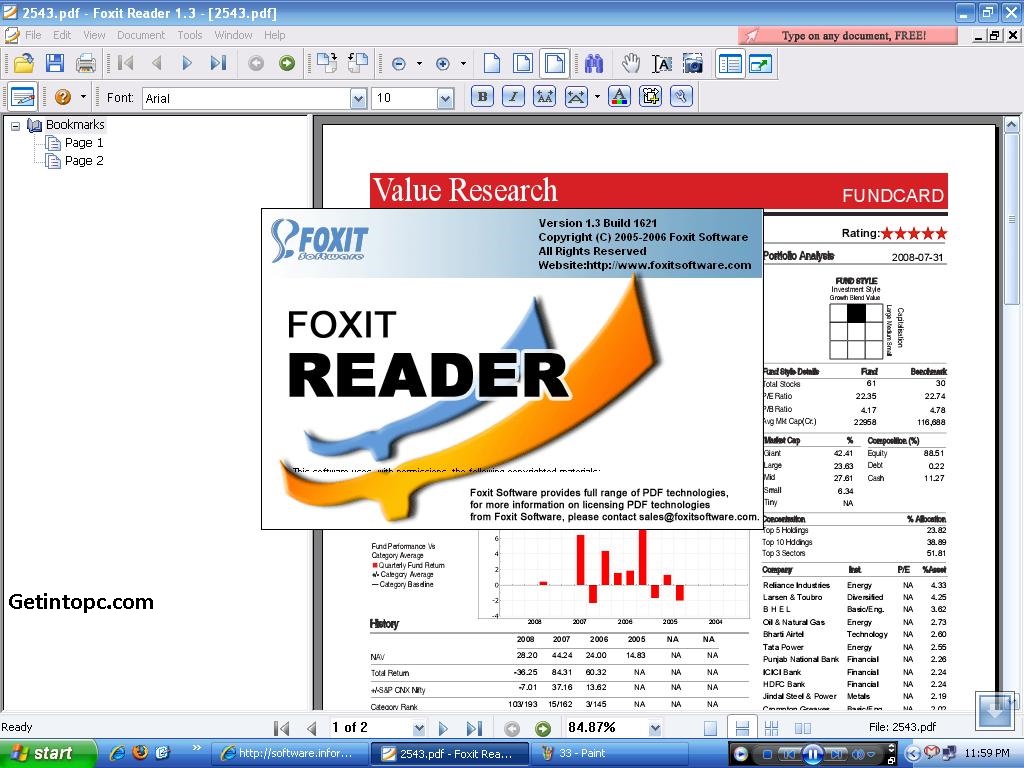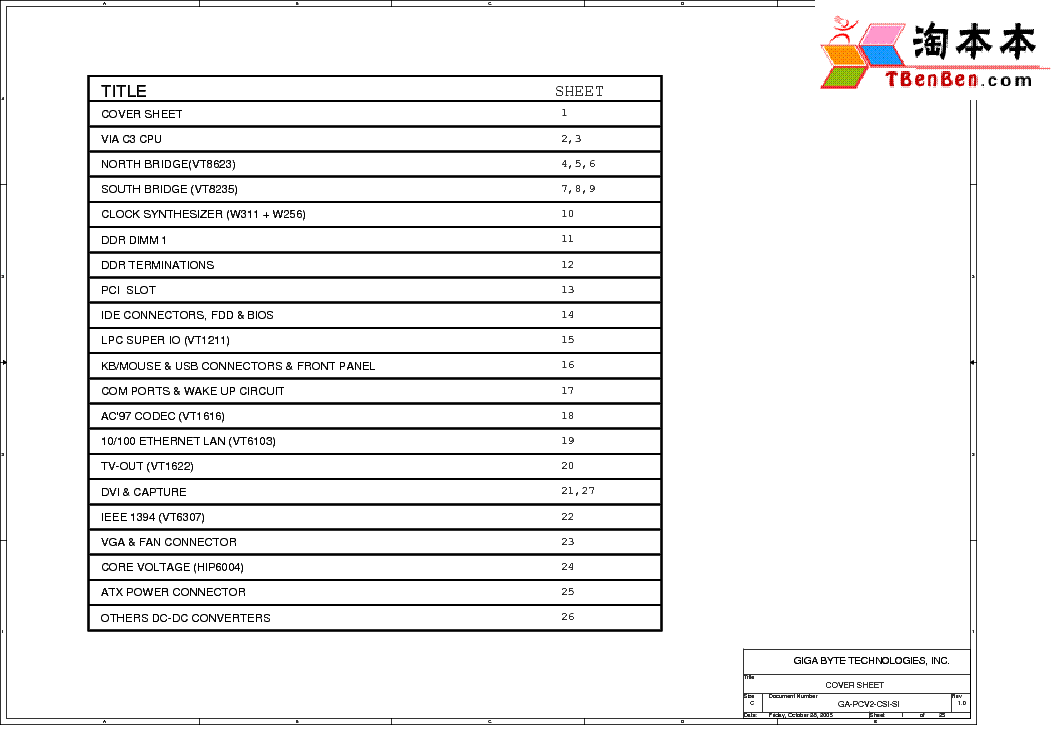Author: Jay Geater | Last Updated: December 04, 2018
CSI File Summary
The Perfect Software Solution to View Shared Microscope Images in CZI File Format Download ZEN lite, your free copy of the powerful ZEN software. Use this free microscope software to try out key features of the ZEN core package or simply install it as a viewer for your CZI files.

There are four file types associated with the CSI File Extension, with the most widely-observed being the ContentServ Include File format. According to our database, five distinct software programs (conventionally, ContentServ CS EMMS Suite developed by ContentServ) will enable you to view these files. Generally, these files are considered Developer Files, but they can also be Temporary Files.
File Extension CSI is supported by Windows, Linux, and Mac operating systems. These types of files can be found on both desktop and mobile devices. CSI files have a 'Low' Popularity Rating; this means that they are not present on most devices.
Files with csi extension can be usually found as temporary files generated by Microsoft SharePoint Server 2007. A csi file extension is related to the CARE-S program. A csi file contains water quality data. A csi file extension is related to the ContentServ CS EMMS Suite. A csi file stores include data. 141,631,784 May-20-2019: This is a patch for users running Carlson 2018 on AutoCAD 2010-2012 32-bit products. 4: Carlson2018Updateacad18x64install.exe.
Interested to learn more about the CSI File Extension? We encourage you to view the detailed file information below to learn about the software that opens CSI files, and other troubleshooting tips.
File Type Popularity
File Rank

/ 11690
File Status
Page Last Updated
Open your files in %%os%% with FileViewPro File Viewer
Csi File Reader Free Downloads
Optional Offer for FileViewPro by Solvusoft | EULA | Privacy Policy | Terms | Uninstall
Skip to end of metadataGo to start of metadataWhen CSI Software uses a network license, it broadcasts a signal to the network in effort to locate the license server and then retrieve the network license file. You may use the LMHOST.INI file, the LSHOST (no extension) file, or the LSFORCEHOST system environment variable to either help the software locate the license server more quickly, or to resolve problems when the broadcast fails to locate the license server. These options are described as follows:
On this page:
Create a text file named LMHOST.INI which lists either the network name, or the IP address of the machine running the License Manager, then save this file to the folder in which the software is installed. This will be the software installation folder (i.e C: > Program Files….Computers and Structures > [PRODUCT NAME]) in the local PC. If more than one machine serves licensing, enter each name or IP address on a separate line of text. This file will then speed the time it takes the software to locate the network license.
Resolution of common problems
- Ensure that you are running the correct EXE. If the shortcut is pointing to one location, and the LMHOST.INI another, problems will occur.
- Ensure there is not a LEVEL.TXT file, in the same folder, that is pointing to a different license level.
- Ensure the shortcut does not include the /L command line parameter that is pointing to another level.
- Ensure there are no LSFORCEHOST or LSHOST system environment variables that are interfering.
- Adding a copy of LMHOST.INI and calling it LSHOST (no extension) to the same folder sometimes helps.
- Run WLMAdmin and make sure that you can see the license on the server from the client machine. This may require the addition of the named server.
The LSHOST file procedure is the same as that for the LMHOST.INI file except for the difference in file name. Users should use the LMHOST.INI file instead of this. If more than one machine serves licensing, enter each name or IP address on a separate line of text.
In general, the LSFORCEHOST system environment variable is unnecessary. It may be useful to override failures which occur during the previously described procedures for LMHOST.INI and LSHOST files.
When using the LSFORCEHOST system environment variable, set its value either to the IP address, or to the name of the license manager server. The procedure for creating the LSFORCEHOST will vary according to the operating system. Please refer to the LSFORCEHOST system environment variable page for details.
As with an LSFORCEHOST system environment variable, a LSHOST system environment variable is usually unnecessary but may be useful to override failures which occur during the previously described procedures for LMHOST.INI and LSHOST files.
Csi File Reader Free Download 32-bit
Unlike using LSFORCEHOST, which forces the product to look for license on a single server only, LSHOST allows the product to look for a license on multiple servers. Please refer to the LSHOST system environment variable page for details on the specific notation required.
.csi File Reader Free Download
- Windows Environment Variable Wikipedia article